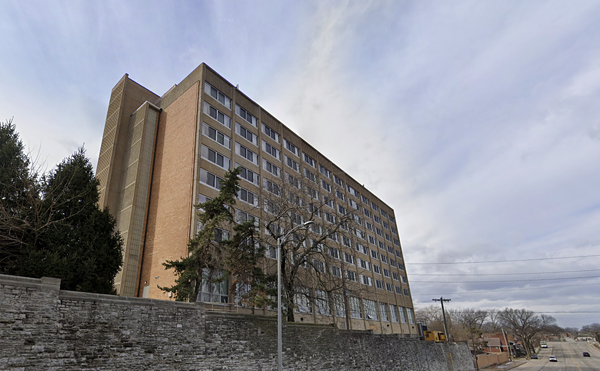In 1950 the city of Cairo, Illinois, located at the confluence of the Mississippi and Ohio rivers, had 12,123 inhabitants. By 2010, just 2,831 called the city home. That's a decline of more than 76 percent in 60 years or a 12.6 percent loss per decade. More recently -- in the 1990s and 2000s -- Cairo's population declined by more than 20 percent between censuses.
Assuming that Cairo continues to lose population at the clip of 12.6 percent every ten years, the city will have just 736 residents a century from now. In 200 years, just 191 people will hang their hats in Cairo; and by 2411 just a dozen residents will remain. No one will be left by the year 2530.
That's worth contemplating today as the Army Corp of Engineers prepares to blast a hole in the levee south of Cairo that would flood hundred of thousands of acres of Missouri farmland and homes in order to save Cairo from the swelling rivers.
Yesterday the U.S. Supreme Court declined Missouri Attorney General Chris Koster's request to stop the Corp's plan.
One way or another, though, Cairo's fate seems certain. To which one wonders, should we keep it on life support -- at the expense of others -- or just let nature run its course?
Population Trends Shows Cairo Disappearing With or Without Flood
[
{
"name": "GPT - Leaderboard - Inline - Content",
"component": "41932919",
"insertPoint": "5th",
"startingPoint": "3",
"requiredCountToDisplay": "3",
"maxInsertions": 100
}
]






